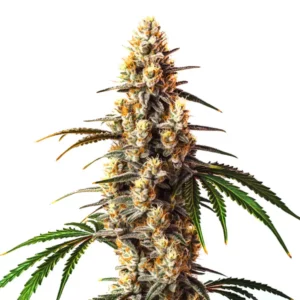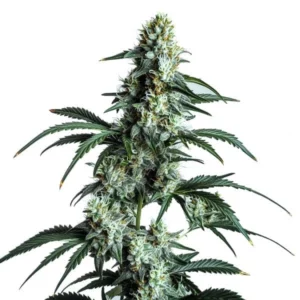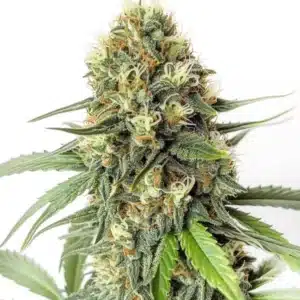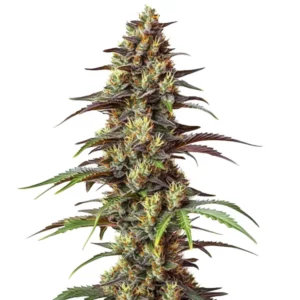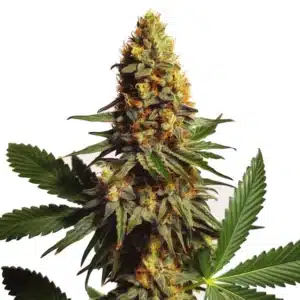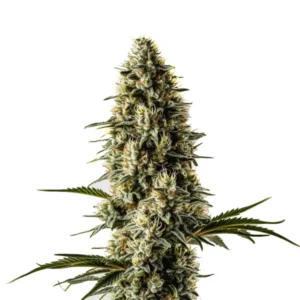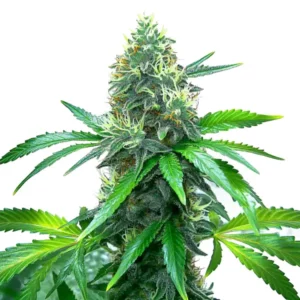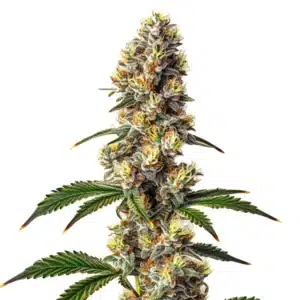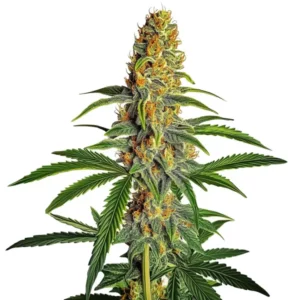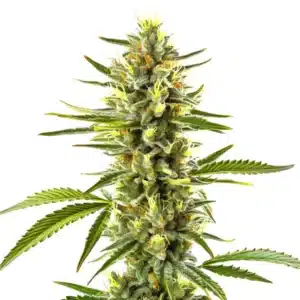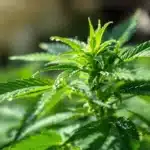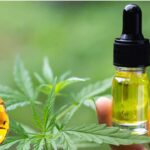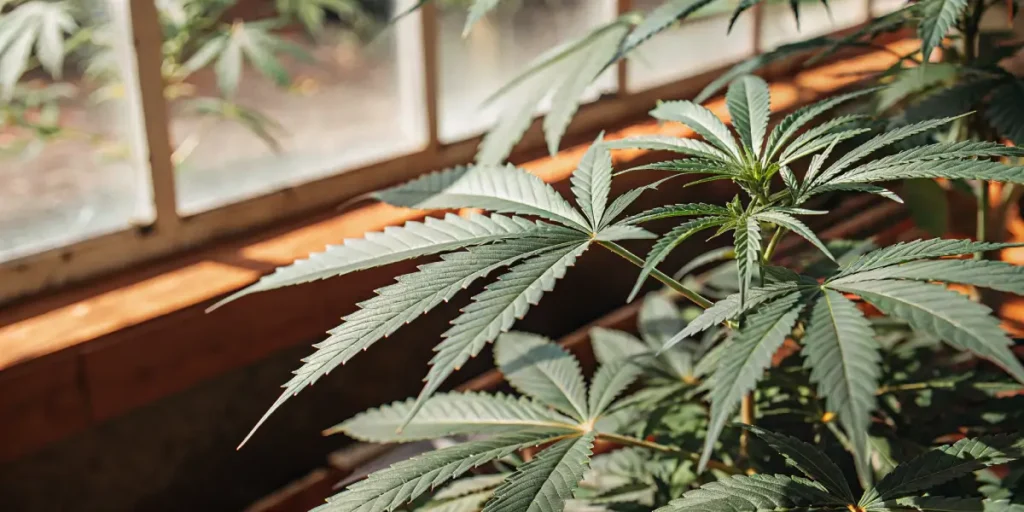
Nitrogen Toxicity Symptoms in Cannabis
Nitrogen toxicity is a common issue many cannabis growers face. It can cause significant problems if not addressed. Recognizing nitrogen toxicity symptoms in cannabis is crucial for maintaining healthy plants. Excess nitrogen can lead to dark green leaves, clawing, and an overall unhealthy appearance.
When cannabis plants get too much nitrogen, the effects can be detrimental. Over time, excess nitrogen affects the plant’s ability to absorb other essential nutrients. This can lead to stunted growth and reduced yields. First-time growers often struggle with maintaining balanced nutrient levels, making it vital to watch for signs of excessive nitrogen in cannabis leaves.
Recommended Strains
Critical Kush
|
|
THC | 19% - 25% (Medium) |
|
|
Type | Feminized |
|
|
Yield | High |
|
|
Phenotype | 65% Indica / 35% Sativa |
Sour Diesel
|
|
THC | 22% - 25% (Medium) |
|
|
Type | Feminized |
|
|
Yield | High |
|
|
Phenotype | 30% Indica / 70% Sativa |
Experienced growers know that managing nutrients is key. Even seasoned growers may encounter nitrogen toxicity if they aren’t careful. Early identification of nitrogen toxicity symptoms in cannabis can save your plants from irreversible damage. It’s all about balance and understanding your plants’ needs.
Symptoms of Nitrogen Toxicity in Cannabis Plants
The first thing you’ll notice with nitrogen toxicity is the color of your cannabis leaves. They become a deep, dark green. While this might seem healthy at first, it’s a classic sign of nitrogen overdose in marijuana plants. Leaves may also become shiny or waxy.
Another telltale sign is the curling or clawing of leaves. If your leaves are curling downwards, this could indicate too much nitrogen. This claw-like appearance is a significant symptom and should prompt immediate action. Remember, catching these symptoms early can prevent further issues.
In addition to the signs mentioned, nitrogen toxicity symptoms in cannabis may include a delay in flowering. This is because the plant focuses its energy on leaf growth, neglecting the development of buds. The plant’s overall vigor may also decrease, making it appear lackluster and unhealthy.
Recognizing early symptoms of nitrogen toxicity in cannabis plants can prevent long-term damage. By observing the plant’s overall structure and growth patterns, you can identify issues before they escalate. Proper diagnosis and timely intervention are essential for bringing your plants back to health.
Diagnosing Nitrogen Overdose in Marijuana Plants
Diagnosing nitrogen toxicity isn’t overly complicated once you know what to look for. The dark green color and clawing are the first indicators. However, you’ll also want to check the overall health of the plant. Slow growth or sudden changes can be a red flag.
Another diagnostic step involves checking the roots. Healthy roots are white and firm. If you notice a change in root color or texture, this might be due to excessive nitrogen. When diagnosing nitrogen overdose in marijuana plants, it’s essential to consider all visible symptoms.
Examining the plant’s growth rate compared to its usual pace can offer additional insights into nitrogen toxicity. A sudden halt in growth often accompanies nitrogen overdose, as the plant struggles to manage nutrient imbalances. This can be particularly noticeable during the vegetative stage when growth should be rapid.
Soil testing can also aid in diagnosing nitrogen toxicity symptoms in cannabis. Measuring the nutrient levels in the growing medium helps confirm suspicions of nitrogen overload. This step ensures that corrective actions, such as flushing, are based on accurate information.
Promos & Deals
How to Identify Nitrogen Toxicity in Cannabis
Identifying nitrogen toxicity is not just about looking at the leaves. It’s about the overall plant health. Beyond dark leaves and clawing, keep an eye on new growth. If new leaves are smaller and darker, it’s a sign of nutrient imbalance.
Observing the plant’s stem can also offer clues. A healthy stem should be strong and sturdy. A weak or flimsy stem might indicate too much nitrogen. This impacts the plant’s ability to support itself and can lead to breakage.
Another approach on how to identify nitrogen toxicity in cannabis is to monitor the plant’s response to environmental changes. Plants with nitrogen toxicity may show poor resilience to temperature fluctuations and light intensity variations. This added stress can exacerbate existing symptoms.
Engaging in regular plant inspections can help spot early signs of excessive nitrogen in cannabis leaves. Develop a routine for checking plant health, including leaf color and texture, stem stability, and overall growth patterns. This proactive approach is key to identifying and addressing issues promptly.
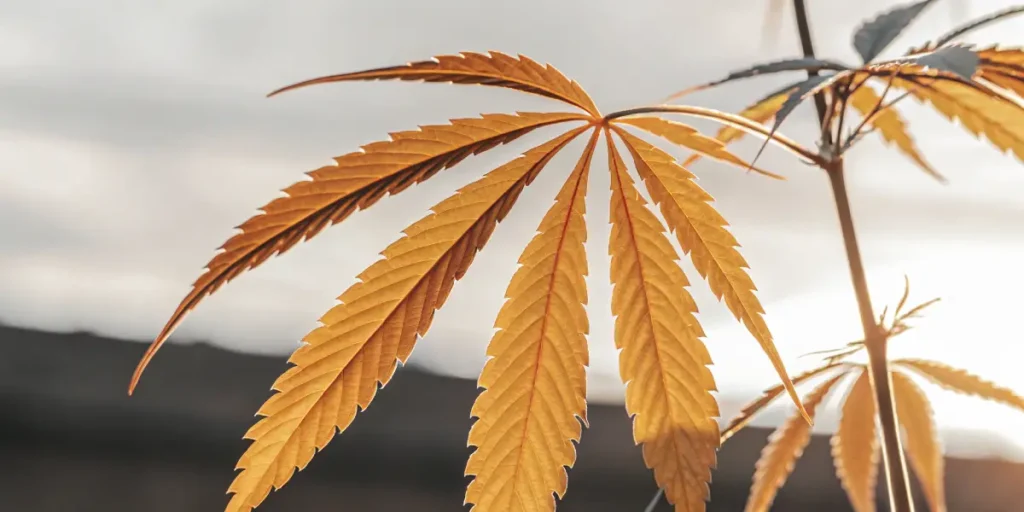
Nitrogen Toxicity Effects on Cannabis Growth
Excess nitrogen can lead to reduced yields and slow growth. The plant focuses more on leaf production rather than buds. This can be frustrating for growers seeking high yields.
Another effect is nutrient lockout. When nitrogen levels are too high, other nutrients can’t be absorbed. This leads to deficiencies in other areas, impacting overall plant health and productivity.
Excessive nitrogen also affects the plant’s root system. Over time, the roots can become damaged, reducing their efficiency in nutrient uptake. This results in a weakened plant structure, further impacting growth and yield potential.
The nitrogen toxicity effects on cannabis growth are not limited to physical attributes. It can also alter the plant’s metabolic processes, affecting essential functions like photosynthesis. This metabolic disruption can slow down the plant’s development and reduce its overall vitality.
Recommended Cannabis Strains from Blimburn Seeds
Blimburn Seeds offers strains that are resilient to nutrient imbalances. Critical Mass is known for its robust growth and high yields. It’s a great choice for beginners and experienced growers alike.
Another excellent option is the Sour Diesel strain. This strain is popular for its high resilience and adaptability, making it less sensitive to nitrogen toxicity.
For growers interested in experimenting with different conditions, Critical Kush is a noteworthy choice. Its genetic makeup provides stability, making it less prone to nutrient-related issues, including nitrogen toxicity.
For those who prefer a more balanced strain, OG Kush offers a reliable option. Known for its ability to thrive under various conditions, it provides a buffer against the adverse effects of nutrient imbalances.
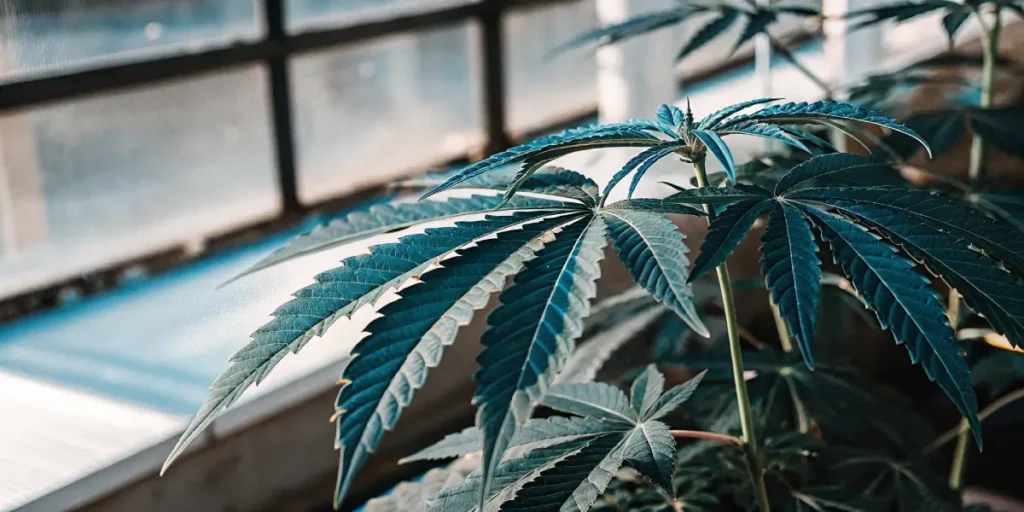
FAQs
What causes nitrogen toxicity in cannabis?
Nitrogen toxicity results from an excess of nitrogen in the plant’s growing medium. This often occurs due to over-fertilization. Using too much nutrient-rich soil can also lead to this issue. It’s essential to follow feeding guidelines carefully to prevent this problem.
Another common cause is improper pH levels. When pH is off, it affects nutrient absorption. Even if nitrogen levels are appropriate, poor pH can lead to toxicity symptoms. Regularly checking and adjusting pH is crucial for healthy cannabis growth.
Environmental factors can also contribute to nitrogen toxicity. High humidity levels can intensify the symptoms of nitrogen toxicity in cannabis plants, making it more challenging for the plant to recover. Proper ventilation and humidity control are essential preventive measures.
Over-enthusiastic fertilization, especially during the vegetative phase, can exacerbate nitrogen toxicity. It’s important to gradually increase nutrient levels, allowing the plant to adjust and avoid sudden nutrient spikes that could lead to toxicity.
Can nitrogen toxicity be reversed?
Yes, nitrogen toxicity can be reversed if caught early. The first step is to flush the growing medium with clean, pH-balanced water. This helps remove excess nitrogen from the soil. Adjusting your feeding schedule and reducing nitrogen-rich fertilizers are next steps.
After flushing, monitor your plants closely. New growth should return to a normal color and shape. If symptoms persist, reassess your nutrient plan. Consistent care and observation are key to recovery.
In some cases, incorporating beneficial microbes into the growing medium can enhance plant recovery. These microbes can help break down excess nutrients, restoring balance and promoting healthier growth.
Adjusting environmental factors, such as light and temperature, can also aid in recovery. Providing optimal conditions supports the plant’s natural healing process, helping it overcome nitrogen toxicity more effectively.
How can I prevent nitrogen toxicity in cannabis plants?
Prevention starts with a balanced nutrient plan. Follow feeding guidelines and avoid over-fertilization. It’s also helpful to use a soil test kit to monitor nutrient levels. This helps you adjust feeding schedules before issues arise.
Regular pH checks are equally important. Keeping pH levels between 6.0 and 7.0 ensures proper nutrient absorption. This reduces the risk of toxicity. Consistent monitoring and adjustments will keep your plants healthy.
Implementing a schedule for routine plant inspections can further prevent nitrogen toxicity. By observing your plants regularly, you can catch early signs of excessive nitrogen in cannabis leaves before they escalate into more serious issues.
Educating yourself on the specific needs of your cannabis strain is also vital for prevention. Different strains may have varying nutrient requirements, and understanding these can help you tailor your fertilization practices accordingly.
What are the long-term effects of nitrogen toxicity?
Long-term nitrogen toxicity can stunt plant growth. It affects bud development, leading to lower yields. The plant may also become more susceptible to pests and diseases. This is due to weakened health from nutrient imbalances.
Nutrient lockout can occur if toxicity is not addressed. This prevents the absorption of essential nutrients, leading to deficiencies. Addressing nitrogen toxicity early is crucial for avoiding long-term damage.
Besides to physical changes, prolonged nitrogen toxicity can lead to genetic stress. This might affect the plant’s future growth cycles, reducing its overall resilience and productivity over time.
The long-term effects of nitrogen toxicity also include potential changes in the plant’s chemical profile. This can impact the quality and potency of the final product, which is a significant concern for both recreational and medicinal growers.
Is it possible for outdoor cannabis plants to experience nitrogen toxicity?
Yes, outdoor plants can also suffer from nitrogen toxicity. This is often due to overly rich soil or excessive use of fertilizers. Environmental factors, such as rain, can exacerbate the issue by affecting soil nutrient levels.
Outdoor growers should pay close attention to their soil. Testing soil before planting and periodically during growth can help maintain balance. Adjusting fertilization practices based on test results is key to preventing toxicity.
In outdoor settings, natural factors like animal activity can also contribute to nitrogen buildup. Animals may disturb the soil, leading to uneven nutrient distribution, which can affect nitrogen levels.
To mitigate the risk of nitrogen toxicity in outdoor cannabis plants, consider using mulch or cover crops. These can help stabilize soil nutrients and reduce the impact of environmental fluctuations on nutrient levels.


